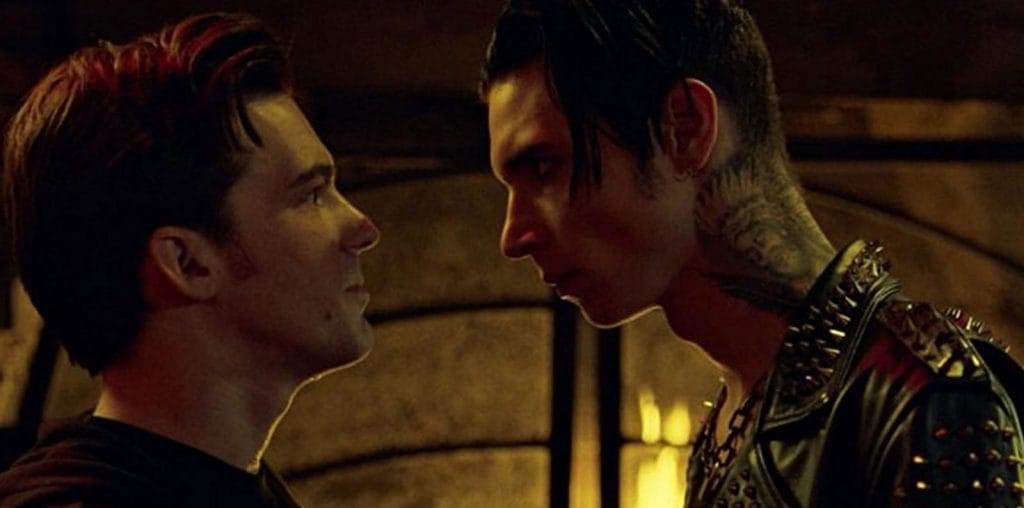
The tragic connotations of New York’s World Trade Center are spirited away in director James Marsh’s (the stunning recreation doc “Wisconsin Death Trip”) “Man On Wire,” an incredible tale of French wire walker Philippe Petit, who commandeered the twin towers as the stage for an illegal caper of creative expression — a daring performance of high-wire artistry that included eight crossings between the towers, 110 stories above New York City in 1974.
Though 9/11 is never referenced in the film, it is impossible to view it without a post September 11th veil and it is on this crux that Marsh skillfully hinges a weighty subtext. Pre the events of 9/11, the film might have simply been an entertaining, high risk tale of a death-defying feat related in both interviews, archival footage and photos and Marsh’s usual meticulous and creative re-enactment vignettes. Post 9/11 you find yourself marveling that a man in far away France became smitten with the twin towers long before they became the target of terrorist attacks.
Philippe Petit describes himself as a boy who always had an impulse to climb. He hones his skills as a circus performer, conquering the high wire. The Towers become an object of obsession for young Petit who first rips an early image of them out of a magazine in a dentist’s office. Following covert wire installations between the towers of Notre Dame in his native Paris and another on a bridge in Sydney, Australia, Petit takes on the World Trade Center, relentlessly spending months planning the wiring, practicing at the correct angle and wind velocity, watching bank robbery caper movies for inspiration and setting up assistants in New York City.
Petit miraculously pulls off the impossible. Not only does he get into the World Trade Center building on several occasions (at the time it was still something of a construction site) to study the roof for anchor points and to take photos, but he manages to get three comrades to help him. They sneak into the building, wait for nightfall, rig the wire and after a sleepless night, he walks the wire eight times, performing for the crowd below by kneeling and lying down on the wire, all before the fierce winds in the area really start to blow. And amazingly, despite the fact that his friends as well as the police, start to yell at him to come off the wire, he never breaks concentration and falls.
In an exhilarating finale he is arrested (the film’s title is derived from the police report description of his crime: “Man on Wire”) as he steps back onto the roof and his celebrity is instantaneous. As his girlfriend at the time and childhood friend Jean-Louis relate with emotion that engulfs them to this day, the power of the World Trade Center performance marked the end of an era for them and their relationships were never the same.

